Worksheet Solutions: Health: The Ultimate Treasure | Worksheets with Solutions for Class 8 PDF Download
| Table of contents |

|
| Multiple Choice Questions (MCQs) |

|
| Fill in the Blanks |

|
| True or False |

|
| Very Short Answer Questions |

|
| Short Answer Questions |

|
| Match the Following |

|
Multiple Choice Questions (MCQs)
Instruction: Select the correct option for each question.
Q1. According to WHO, health means:
a) Only absence of disease
b) Physical fitness only
c) Complete physical, mental, and social well-being
d) Ability to work hard
Ans: c) Complete physical, mental, and social well-being
WHO defines health as overall well-being, not merely absence of illness.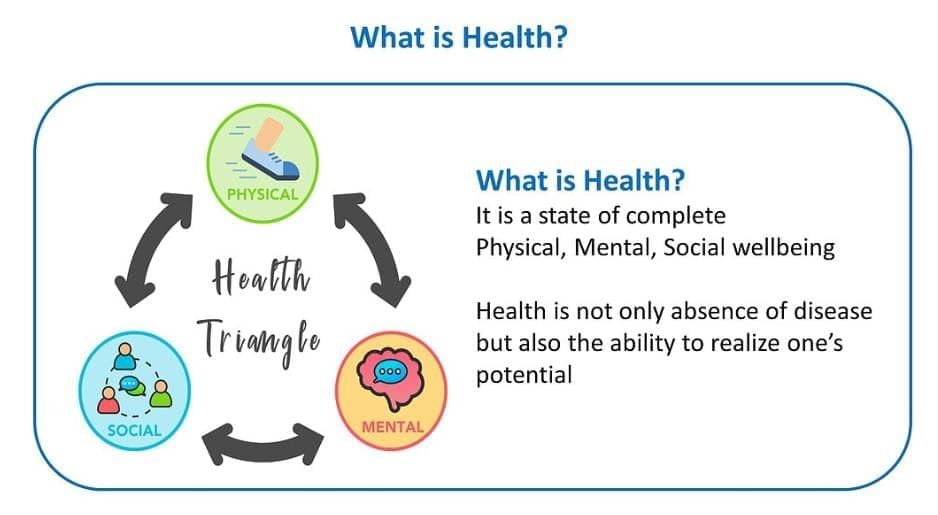
Q2. Which is a sign, not a symptom?
a) Pain
b) Tiredness
c) Dizziness
d) Fever
Ans: d) Fever
Signs are measurable/observable (e.g., temperature); symptoms are subjective feelings.
Q3. Which disease is non-communicable?
a) Typhoid
b) Dengue
c) Diabetes
d) Chickenpox
Ans: c) Diabetes
Non-communicable diseases are not caused by pathogens and do not spread person to person.
Q4. Vaccines protect by:
a) Killing pathogens directly in the body
b) Teaching the immune system to recognize germs
c) Giving energy to white blood cells
d) Replacing antibiotics
Ans: b) Teaching the immune system to recognize germs
Vaccines create acquired immunity by training the immune system.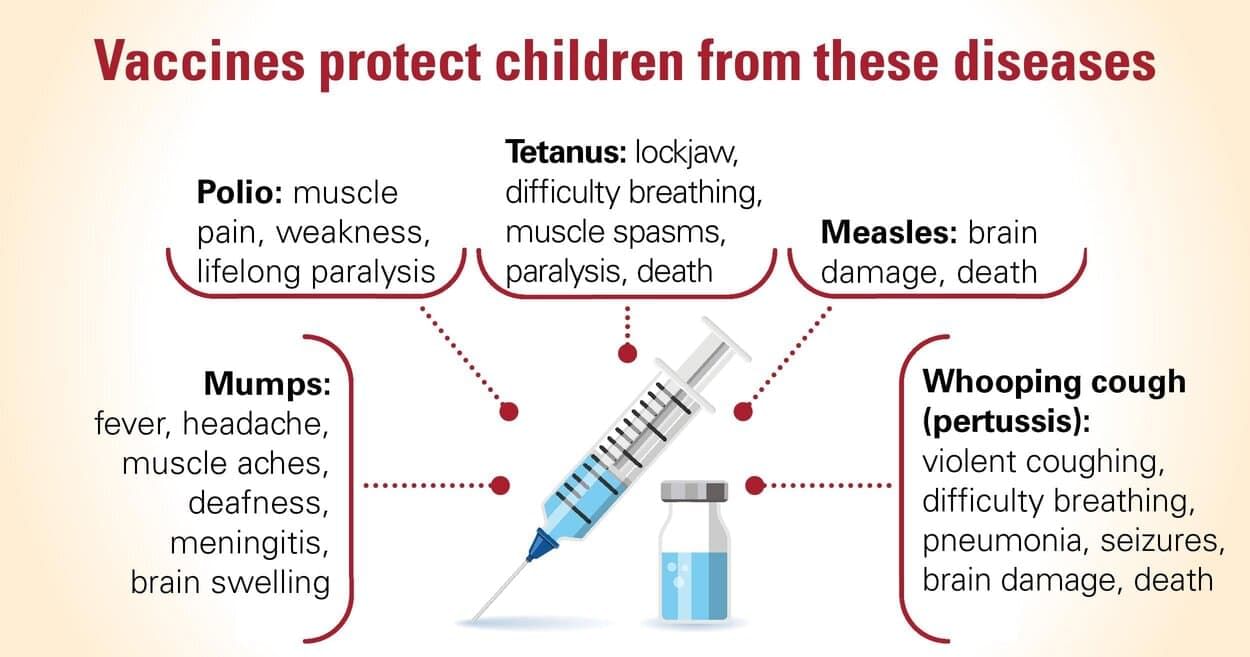
Q5. Which factor commonly increases risk of NCDs?
a) Playing outdoors
b) Balanced diet
c) Longer lifespans and less physical activity
d) Handwashing
Ans: c) Longer lifespans and less physical activity
Lifestyle and aging contribute to higher NCD burden.
Fill in the Blanks
Instruction: Fill in the blanks with the correct word based on the chapter.
Q1. The body’s ability to fight diseases is called ______.
Ans: immunity
Immunity is the defense capacity against pathogens.
Q2. Using weakened or inactive germs to train the body’s defense is called a ______.
Ans: vaccine
Vaccines create acquired immunity against specific diseases.
Q3. Taking antibiotics without need can lead to antibiotic ______.
Ans: resistance
Misuse allows bacteria to adapt and survive the drug.
Q4. Building and using toilets helps prevent diseases spread through contaminated ______.
Ans: water
Sanitation prevents water-borne diseases like diarrhoea.
Q5. Practising ______, like deep breathing, supports mental health in Ayurveda.
Ans: mindfulness (or yoga/pranayama)
Mindfulness, yoga, and pranayama promote calm and balance.
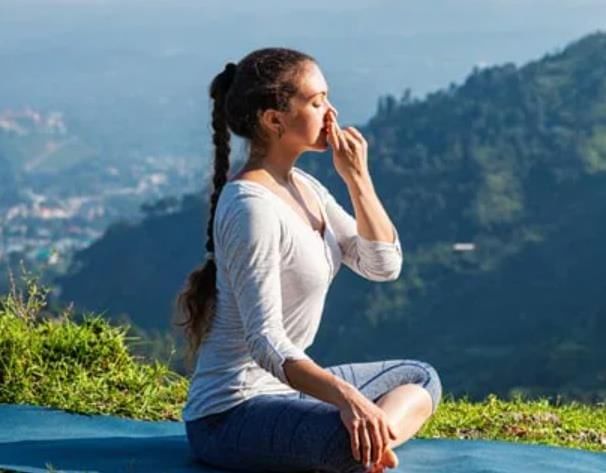 Girl performing Pranaym
Girl performing Pranaym
True or False
Q1. Washing hands with soap helps prevent the spread of communicable diseases.
Ans: True
Good hygiene practices, like handwashing, kill germs and reduce the risk of infection.
Q2. Antibiotics can kill viruses like the flu.
Ans: False
Antibiotics act only against bacteria. They are not effective against viral infections.
Q3. A headache is considered a symptom because it is experienced by the patient.
Ans: True
Symptoms are subjective experiences felt by the person, while signs are observable by others.
Q4. Sharing towels with others can increase the risk of spreading infectious diseases.
Ans: True
Germs can survive on shared items like towels, which may transmit infections.
Q5. Non-communicable diseases like cancer and asthma can spread by contact with an infected person.
Ans: False
Explanation: Non-communicable diseases do not spread; they are linked to lifestyle, genetics, or environment.
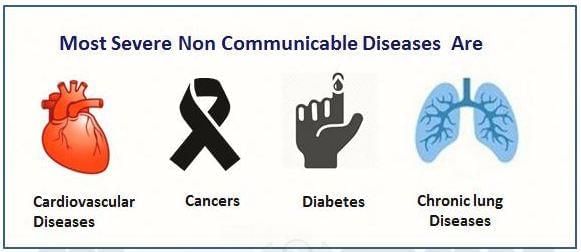
Very Short Answer Questions
Instruction: Answer the following questions in one line.
Q1. What does WHO say about health?
Ans: It is complete physical, mental, and social well-being, not just absence of disease.
Q2. Name one vector that spreads communicable diseases.
Ans: Mosquito.
Q3. What is the term for the body’s natural defense system?
Ans: Immune system.
Q4. Which discovery led to modern antibiotics?
Ans: Penicillin discovered by Alexander Fleming in 1928.
Q5. What does AQI stand for?
Ans: Air Quality Index.
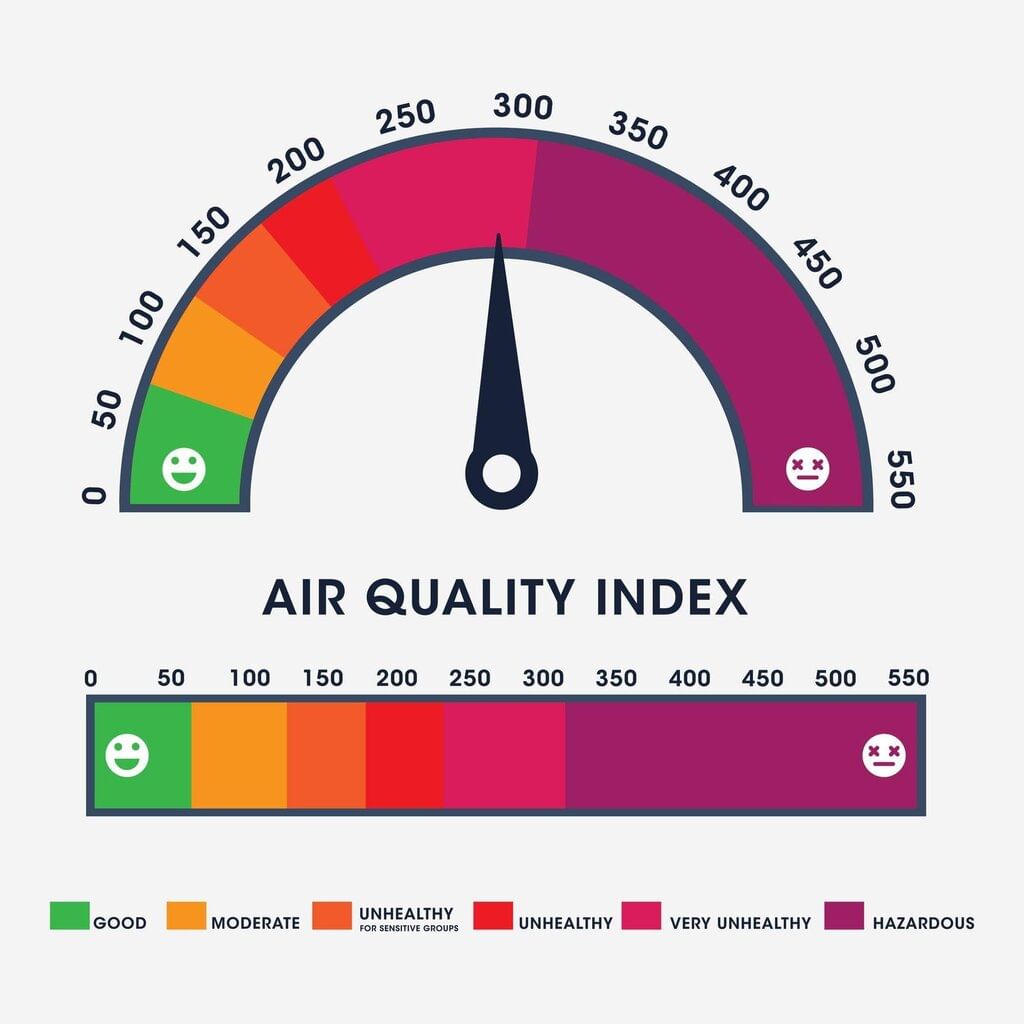
Short Answer Questions
Instruction: Answer the following questions in 2–3 lines.
Q1. How did screen time and loneliness affect student’s health?
Ans: Excessive screen time and loneliness caused headaches, weight loss, and sleep problems—showing links between mental and physical health. Counselling and making friends improved his well-being.
Q2. How do communicable diseases spread through air?
Ans: Infected people release droplets with pathogens by coughing/sneezing/talking; others inhale them and get infected (e.g., flu, TB).
Q3. Why should we finish a full course of antibiotics?
Ans: Stopping early leaves some bacteria alive, which can become resistant, making future infections harder to treat.
Q4. How does community sanitation improve health?
Ans: Building and using toilets, reducing open defecation, and proper waste disposal stop germs from contaminating water and food, lowering diarrhoeal diseases.
Q5. Why are relationships important for health?
Ans: Supportive friendships and family time reduce stress, improve mood, and support mental and social well-being.
Match the Following
Instruction: Match Column A with the correct option in Column B.
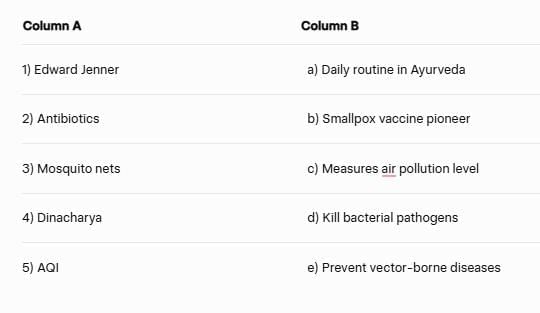
Ans:
Edward Jenner — b) Smallpox vaccine pioneer
Jenner introduced the first vaccine using cowpox, leading to smallpox eradication.Antibiotics — d) Kill bacterial pathogens
Antibiotics act against bacteria, not viruses.Mosquito nets — e) Prevent vector-borne diseases
Nets prevent mosquitoes from biting humans and thus reduce transmission of malaria/dengue.Dinacharya — a) Daily routine in Ayurveda
Daily habits for balanced body and mind in Ayurveda.AQI — c) Measures air pollution level
Air Quality Index shows how clean or polluted the air is.
FAQs on Worksheet Solutions: Health: The Ultimate Treasure - Worksheets with Solutions for Class 8
| 1. What are the key components of a healthy lifestyle? |  |
| 2. How does nutrition impact overall health? |  |
| 3. What are some effective ways to manage stress? |  |
| 4. Why is regular exercise important for teenagers? |  |
| 5. What are the benefits of routine health check-ups? |  |




















